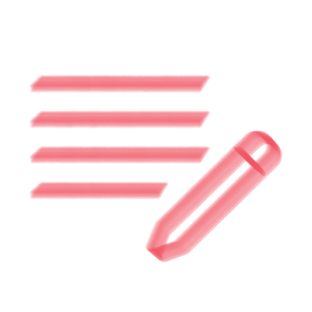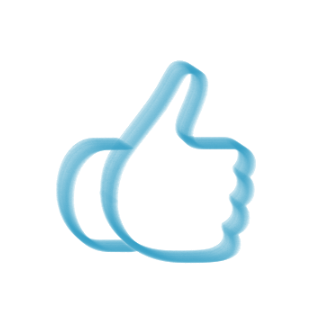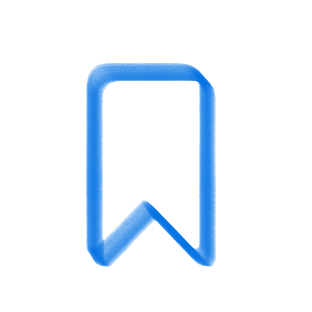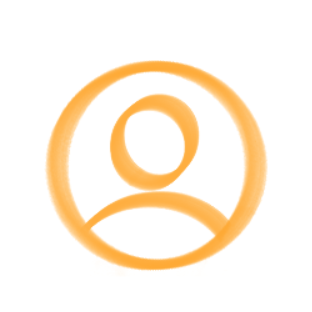“Why do we need to learn this lesson?”
This is a question we often hear when students cannot see how their learning connects to their real-world challenges. When students feel the lesson is distant from their lives, students naturally feel disconnected.
As educators, this prompts an important question “What can we do to help students feel truly connected to what they are learning?”
Over time, my colleagues and I—educators who also closely work with teachers—have been exploring ways to design lessons that are more engaging, meaningful, and relevant. One approach consistently stands out "Challenge Based Learning (CBL)".
What is Challenge Based Learning?
According to the Apple Education Community
"Challenge Based Learning is a flexible framework that empowers learners as co-owners and co-authors of their learning journey. The CBL Framework divides into three interconnected phases: Engage, Investigate, and Act."
- Challenge Based Learning on Apple Education Community
Together with my friends, Witchayada and Lalana, we brainstormed how to bring this framework into classrooms in a simple, practical, and inspiring way. One afternoon, while chatting at a coffee shop—and ordering more food and drinks than planned—we noticed just how much plastic waste we were creating. That moment sparked the perfect starting point for applying CBL.
Engage
We began with the essential question: “How do human actions contribute to environmental issues?”
Inspired by the “Create a Sticker” activity, we imagine our lesson to encourage students to document the waste they encounter in their daily lives—particularly plastic waste. Using their camera and Markup, students can capture images of waste around them. This simple act helps them see and feel how much waste we collectively generate each day.
Investigate
Next, what we can do is that let students discuss and explore on “How can we reduce our waste?” They can share their ideas, research possibilities, and examine real-world practices.
This phase allowed them to think critically, compare solutions, and identify what’s realistic within their own lives and communities.
Act
In the final phase, students will turn their insights into action by designing a small awareness campaign. This could be a poster, short video, podcast, or even a simple digital sticker created earlier in the Engage phase.
The goal isn't to produce a perfect project—it is to empower students to raise awareness and take meaningful steps toward reducing waste.
Why this matters
This activity may seem simple, but it can give students space to document, reflect, and share their ideas—helping them feel personally connected to a real-world challenge. It also encourages them to see themselves as part of the solution.
And perhaps most importantly, it’s just the beginning. Once students discover they can take action, they naturally look for more ways to make a positive impact on the world.
Resources & Further Inspiration
Walk A Mile In My Shoes - A CBL Journey (Peter Gaspar, 2024)










November 22, 2025 . English
English
Thank you for sharing how you’re using CBL in such a practical way, starting from a real everyday moment and guiding students using iPad skills effectively. It makes the challenge feel authentic and achievable for learners.
How did the task go with the students? The task enables creativity and reflection, giving them space to explore ideas and show their thinking in a meaningful way.
This action is unavailable while under moderation.
This action is unavailable while under moderation.